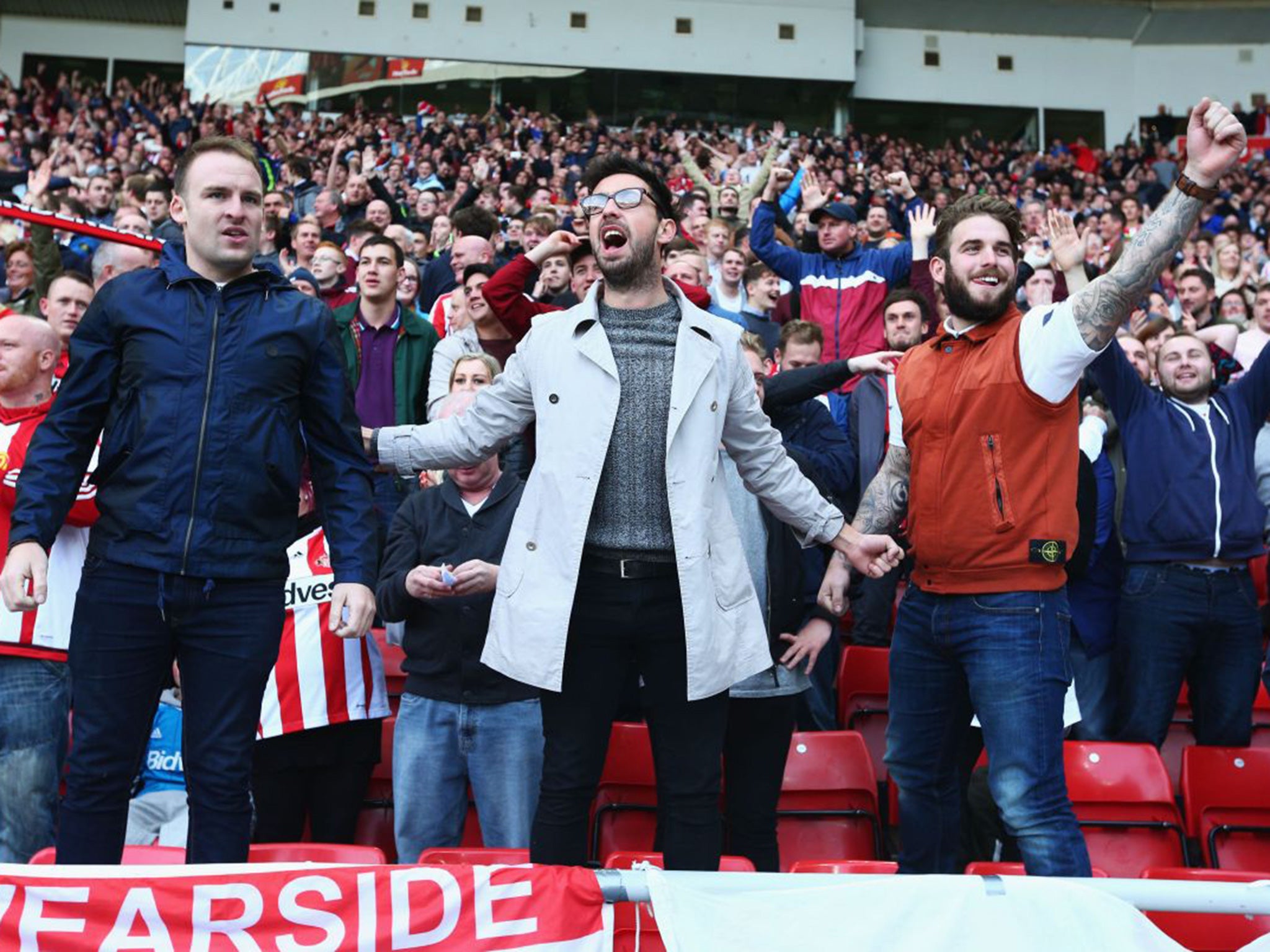High attendances can no longer prevent ground-breaking relegation of 'big clubs'
The Weekend Dossier

New Year’s resolutions: 1, Go to the gym; 2, Cut down on the booze; 3, Stop wasting money on that useless football team. How many fans of Newcastle United, Sunderland and Aston Villa made these three pledges on Thursday night? Rather more, one suspects, than will actually stick to them, especially the third vow.
While St James’ Park, the Stadium of Light and Villa Park have a greater percentage of empty seats than almost all other Premier League clubs, the resilience of their followers remains impressive. Despite years of frustration, and diabolical current campaigns, these clubs are, respectively, the fourth, sixth and ninth best-supported in the country this season, still attracting a combined 127,076 each week.
Which is a very dedicated audience, considering the trio have managed four home wins in 28 matches between them this season, a return that explains why 2016 dawned with these once great clubs filling the relegation places.
This is beginning to look a significant season, the first in which at least two “big clubs”, and possibly three, go down. Defining a “big club” is complex and subjective but by the two main measures (support and historical achievement) Newcastle, Sunderland and Villa are among the 10 biggest. For a trio of such clubs to be relegated would be unique.
In 2011-12 Bolton, Blackburn and Wolves, three founder members of the league, were relegated, but it would be a stretch to describe Bolton, who have never won the title, and Rovers, who have never averaged more than 31,000, as big clubs even before debating the merits of Wolves.
Leeds and Wolves went down together in 2004 and 1982, Manchester City and Villa in 1987, and Sunderland and Tottenham a decade earlier. Looking back past 1974, when the three-up, three-down, came in, Leeds and Manchester United went down in 1931, and Spurs and Chelsea in 1915, but none had their modern status then. If the season ends with the current bottom three in situ it will be ground-breaking.
But it has been coming. For most of English football history, gate receipts have been the strongest determinant of finishing positions. To an extent it still is in the Football League. Last season the 24 Championship clubs were among the 72-club league’s 29 highest gates, while 15 of the lowest 21 were in League Two. Within divisions the better-supported clubs tend to be the ones pushing for promotion, though the effect is now mitigated by parachute payments for relegated clubs, and the backing at others of millionaires.
In the Premier League, however, despite high admission costs, at most clubs gate receipts are now loose change compared with the TV deal. The percentage of income earned through match-day revenue declined from 26 per cent in 2009-10 to 19 per cent in 2013-14 (the last season for which figures are available). When the new £8bn-plus TV deal kicks in next season it will drop further.
The London clubs, able to charge stratospheric ticket prices and benefiting from huge corporate opportunities, still do well on match days, thus the expansions planned by Tottenham and Chelsea, and new stadiums by West Ham and QPR. Champions League match days help at the Manchester clubs, with United also profiting from the club’s sheer size and global appeal – with the latter element also a factor for Liverpool.
These aspects help Manchester United and Arsenal make £100m-plus from match days over a season. Chelsea, Liverpool, Manchester City and Tottenham also do well. The rest, however, are increasingly reliant on TV cash. Newcastle, whose match-day income has actually declined under the ownership of Mike Ashley, are the best of the rest with income of around £26m (in 2013-14), but Ashley’s determination to make a profit (£19m, pre-tax) renders that advantage over the likes of Swansea or Stoke no greater than that of Villa and Sunderland. The latter, with gates twice that of Swansea, make £7m more, a figure dwarfed by TV cash.
Sunderland were once known as the Bank of England club, so flush they broke the transfer record more often than any other club in the game’s first century. As recently as 20 years ago Newcastle nearly doubled the transfer record to bring home Alan Shearer. Villa, meanwhile, had one of the game’s showpiece stadiums – always a semi-final venue before Wembley took them all – and won a European Cup.
Now look at this trio, below a Bournemouth team housed in the Premier League’s smallest-ever ground, and at the other end of the table from Leicester, Watford and Crystal Palace, none of whom could seat even Villa’s current gates.
Newcastle and Villa have, of course, been hamstrung by parsimonious owners, Sunderland mismanaged by a relatively generous one.
With the new television deal looming, this is a bad season in which to be relegated. Next season, even taking an estimated £35m parachute payment into account, Premier League clubs will receive around £70m more than those relegated to the Championship.
That is a huge income gap to bridge, however fast the turnstiles click.
Subscribe to Independent Premium to bookmark this article
Want to bookmark your favourite articles and stories to read or reference later? Start your Independent Premium subscription today.

Join our commenting forum
Join thought-provoking conversations, follow other Independent readers and see their replies